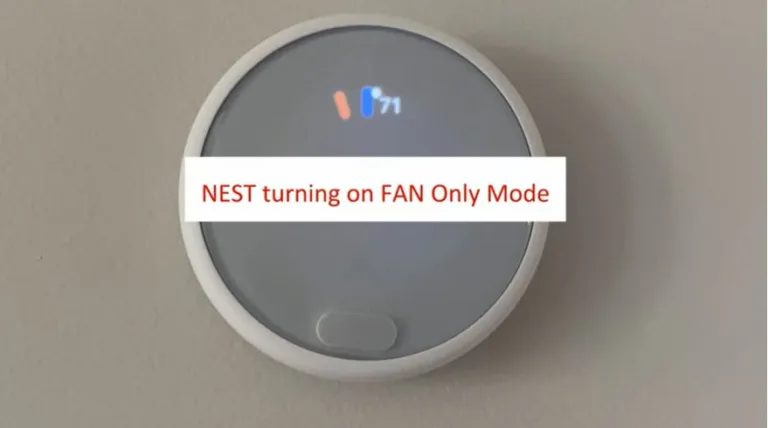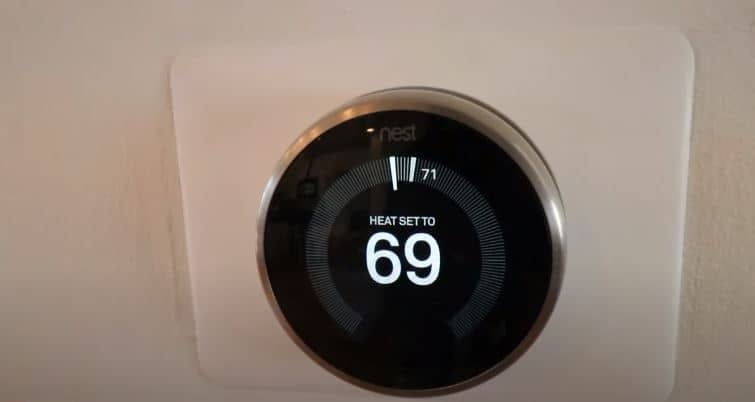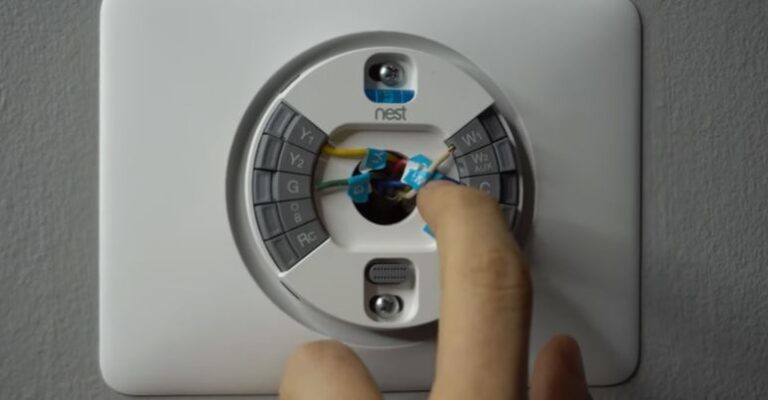Nest Thermostat Guide – How to determine which model Nest?
In the rapidly evolving world of smart home technology, Nest thermostats have emerged as a leading choice for energy-efficient, user-friendly temperature control. Whether you’re a long-time user or a new adopter, understanding the differences between various Nest thermostat models can help you make the most of their features. This comprehensive guide covers the history, key model changes, new releases, and significant milestones in the evolution of Nest thermostats.
H2: The Evolution of Nest Thermostats: A Timeline
2010: Nest Labs Founded
Nest Labs was founded in Palo Alto, California, by Tony Fadell and Matt Rogers, both former Apple engineers, with a vision to revolutionize home thermostats.
2011: Nest Learning Thermostat (1st Generation)
In October 2011, the first generation of the Nest Learning Thermostat was launched. This model featured:
- Self-learning algorithms that adapt to user preferences and schedules.
- Wi-Fi connectivity for remote control via a mobile app.
2012: Software Enhancements
In January 2012, a software update introduced advanced features like Auto-Away, which adjusts the temperature when no motion is detected, further optimizing energy savings.
2013: Nest Learning Thermostat (2nd Generation)
The second generation, released in October 2013, brought several improvements:
- A thinner design compatible with more HVAC systems.
- Enhanced learning capabilities and updated software for better performance.
2014: Google Acquires Nest Labs
Google acquired Nest Labs in January 2014 for $3.2 billion, marking a significant milestone. In April 2014, integration with Google Now began, enabling voice control and broader smart home integration.
2015: Nest Learning Thermostat (3rd Generation)
September 2015 saw the launch of the third generation Nest Learning Thermostat, featuring:
- A larger, sharper display.
- Improved learning algorithms.
- The Farsight feature, which shows the time or temperature from a distance.
2016: Expanding Compatibility
The “Works with Nest” program expanded in September 2016, allowing integration with more third-party smart home devices, enhancing the thermostat’s functionality.
2017: Google Home Integration and Nest Thermostat E
In June 2017, Nest products became fully integrated with Google Home, allowing voice control via Google Assistant. In October 2017, the Nest Thermostat E was introduced, featuring:
- A frosted display.
- A simplified, more affordable version of the Learning Thermostat.
- A pre-configured energy-saving schedule.
2018: Merger with Google’s Hardware Team
In May 2018, Nest and Google’s hardware teams were merged, further integrating Nest products into the Google Home ecosystem.
2019: Rebranding to Google Nest
In June 2019, Google rebranded Nest to Google Nest, unifying its smart home devices under one brand. By October 2019, all devices were controlled through the Google Home app.
2020: Nest Thermostat (2020)
The 2020 model, released in October, introduced:
- A sleek design with a touch-sensitive side panel.
- Energy-saving features like Savings Finder.
- A more affordable price point, aimed at a wider audience.
2021: Ongoing Software Updates
In 2021, continued software updates enhanced integration with Google’s AI for smarter temperature control and improved energy-saving capabilities.
2022: HVAC Monitoring
In March 2022, new features included HVAC monitoring, alerting users to potential issues with their heating and cooling systems.
2023: Matter Support
In January 2023, Google announced that the Nest Thermostat would support Matter, a new smart home connectivity standard, ensuring better interoperability with other smart devices.
Key Milestones in Nest Thermostat History
- 2010: Nest Labs founded.
- 2011: Launch of the Nest Learning Thermostat (1st Generation).
- 2014: Google acquires Nest Labs.
- 2017: Full integration with Google Home.
- 2019: Rebranding to Google Nest.
- 2023: Support for Matter standard.
Comparison Table of Nest Thermostat Generations
| Feature | 1st Generation | 2nd Generation | 3rd Generation |
|---|---|---|---|
| Release Date | October 2011 | October 2013 | September 2015 |
| Design | Thicker body | Thinner body | Larger display |
| Display Size | 1.75 inches (320 x 320) | 1.75 inches (320 x 320) | 2.08 inches (480 x 480) |
| Compatibility | Fewer HVAC systems | More HVAC systems | Most HVAC systems |
| Learning Capabilities | Basic learning algorithm | Improved learning algorithm | Advanced learning algorithm |
| Farsight Feature | No | No | Yes |
| Software Updates | Limited | More frequent | Most frequent |
| Integration with Google Home | No | No | Yes |
| Motion Sensor | Yes | Yes | Yes, with Farsight |
| Wi-Fi Connectivity | Yes | Yes | Yes |
| Remote Control via App | Yes | Yes | Yes |
| Auto-Away Feature | Yes | Yes | Yes |
| Design Improvements | Circular dial with a rotating ring | Thinner design, better compatibility | Larger display, better resolution |
Questions to Determine Which Generation You Have
- What is the size and resolution of the display?
- If it is 1.75 inches and 320 x 320 resolution, it could be either the 1st or 2nd generation.
- If it is 2.08 inches and 480 x 480 resolution, it is the 3rd generation.
- Does the thermostat have the Farsight feature, which shows information from a distance?
- If yes, it is the 3rd generation.
- If no, it could be either the 1st or 2nd generation.
- Is the thermostat compatible with most HVAC systems?
- If yes, it is likely the 3rd generation.
- If it has limited compatibility, it could be the 1st generation.
- If it has more compatibility than the 1st generation but less than the 3rd generation, it is likely the 2nd generation.
- Does the thermostat have a thicker or thinner body design?
- If it is thicker, it is the 1st generation.
- If it is thinner, it could be the 2nd or 3rd generation.
- Is there integration with Google Home?
- If yes, it is the 3rd generation.
- If no, it could be either the 1st or 2nd generation.
- When was the thermostat purchased or installed?
- If it was around October 2011, it is likely the 1st generation.
- If it was around October 2013, it is likely the 2nd generation.
- If it was around September 2015, it is likely the 3rd generation.
- Does the display show information such as time or temperature from a distance (Farsight)?
- If yes, it is the 3rd generation.
- If no, it could be either the 1st or 2nd generation.

![Nest Thermostat Low Battery Message Problem [Fixed]](https://thermostating.com/wp-content/uploads/2023/05/nest-resetting-low-battery-768x397.jpg)
![What is NEST Sunblock? [All You Need to Know]](https://thermostating.com/wp-content/uploads/2023/02/nest-heat-pump-modes-768x423.webp)

![Nest Thermostat Not Blowing Cold Air [Easy Fixes]](https://thermostating.com/wp-content/uploads/2022/12/nest-thermostat-768x416.png)
